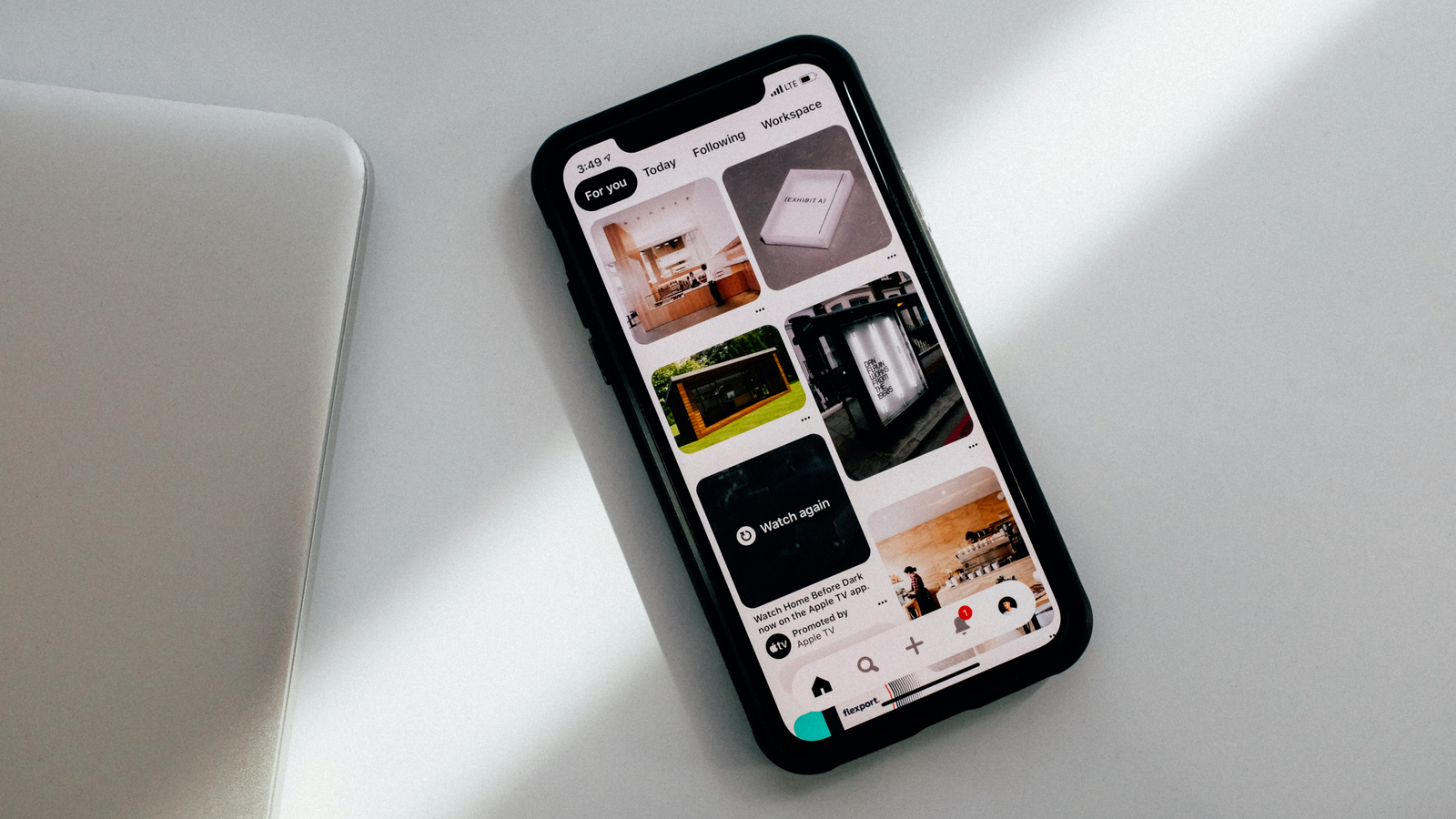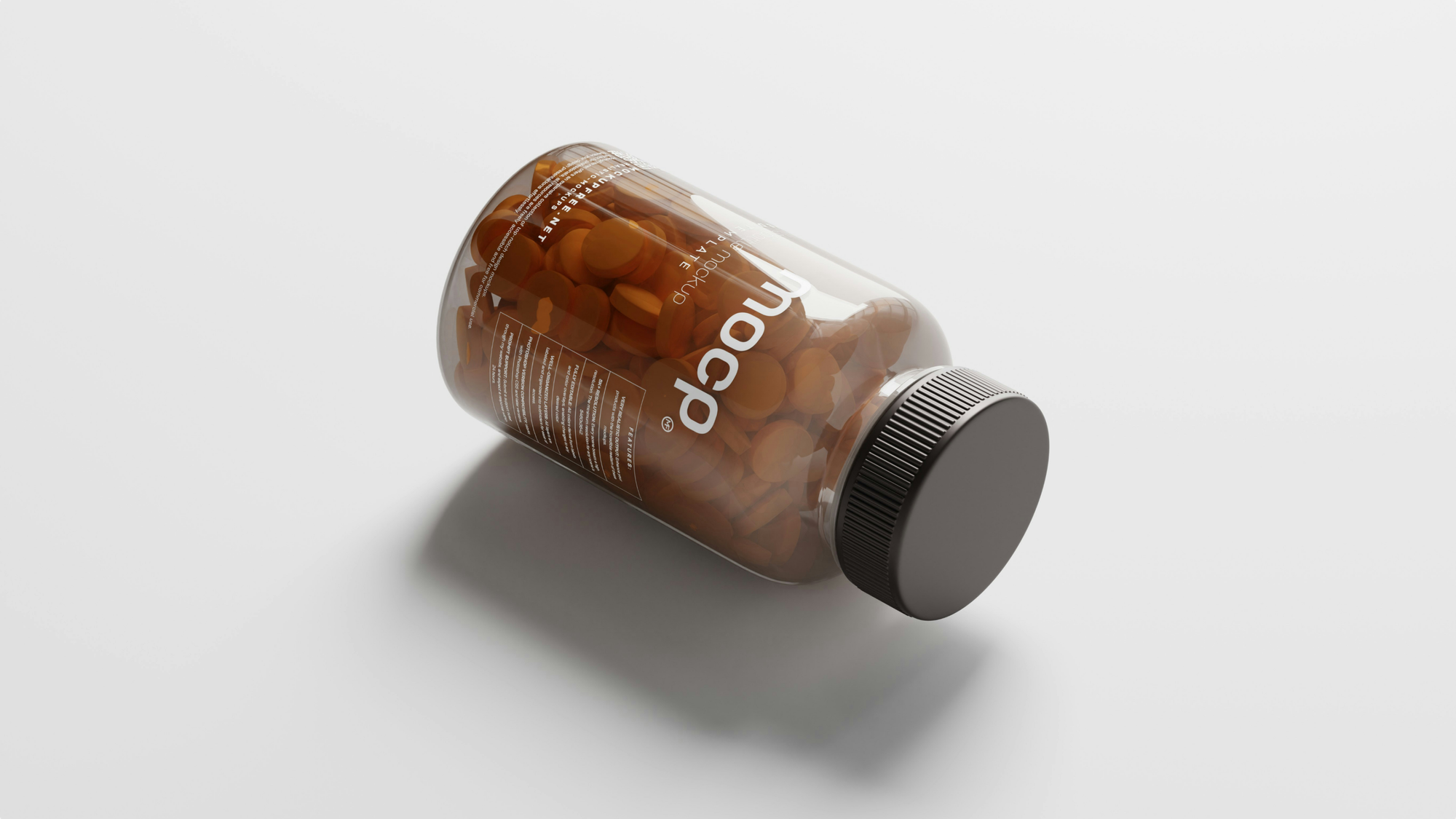The Evolution of Modern Design Trends
A look at how design trends have changed and what’s shaping the industry today.

Design is more than just making things look good—it’s a powerful tool that shapes how people interact with the world. From digital interfaces to physical products, design is about solving problems and creating meaningful experiences. It blends aesthetics and functionality, relying on principles such as balance, contrast, and alignment to ensure clarity and usability. At its core, design tells a story, one that speaks to the emotions, needs, and expectations of its audience. Whether it’s a beautifully crafted logo or an intuitive app interface, design has the power to communicate ideas in ways that words alone cannot.

In today’s fast-paced world, design trends are evolving at lightning speed. Designers must stay adaptable, balancing the latest trends with timeless principles. While bold typography and minimalist aesthetics might dominate one year, vibrant gradients and maximalist compositions could take over the next. Yet, good design always comes back to the same question: does it serve the user? Designers must not only be creative but also empathetic, putting themselves in the shoes of the people they are designing for. This balance between innovation and functionality keeps the field both challenging and endlessly exciting.
The impact of design stretches far beyond creative industries. It’s a critical factor in branding, technology, education, healthcare, and more. Every interaction we have—whether swiping on a screen, opening a package, or entering a building—is influenced by design. At its best, design simplifies complexities and enriches our daily lives. It’s not just a profession but a language that connects people, products, and ideas in meaningful ways.
“Good design is obvious. Great design is transparent.” – Joe Sparano
Why Design Matters More Than Ever
Design has never been more important than it is today. In a world saturated with choices and information, great design serves as a differentiator, capturing attention and creating lasting impressions. Its influence goes beyond aesthetics, shaping how people perceive and engage with brands, products, and ideas. The growing emphasis on user experience (UX) and user interface (UI) design highlights its vital role in making complex systems accessible and enjoyable.


Examples of branding elements, like logos and packaging, reflecting a company's identity.
Here are five reasons why design is indispensable in today’s world:
- First Impressions Matter. Design sets the tone for how users feel about a product or brand within seconds. A visually appealing design can instantly convey professionalism and credibility, while a poorly designed one may drive users away.
- Guides User Interaction. Thoughtful design ensures that interfaces are intuitive and easy to navigate, allowing users to accomplish tasks without frustration. Good design enhances usability, ensuring a seamless experience.
- Builds Trust. A cohesive and professional design fosters trust and reliability. Whether it’s a website, a product, or a brand, visually consistent designs signal attention to detail and authenticity.
- Communicates Brand Identity. Design is the visual representation of a brand’s personality. From logos to packaging, it helps articulate values, tone, and purpose in a way that resonates with the target audience.
- Inspires Action. Effective design motivates users to take desired actions, whether it’s clicking a button, exploring a product, or making a purchase. It’s not just about looking good but driving engagement and results.
In an age where competition is fierce, design has become a critical element of success. It’s no longer just a complementary asset but a strategic tool that drives business growth and customer loyalty. Whether you’re a startup looking to make your mark or an established company aiming to stay relevant, investing in design is essential.
Design is also a collaborative process that bridges creativity, psychology, and technology. The tools and techniques may evolve over time, but the principles of good design—usability, simplicity, and beauty—remain timeless. By combining empathy with innovation, design will continue to shape the way we connect with the world and with each other.

Comments